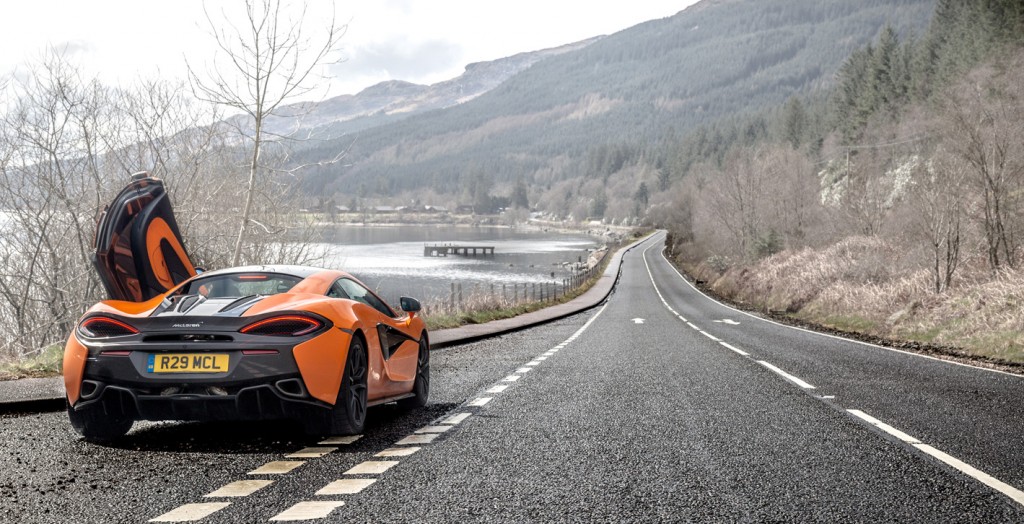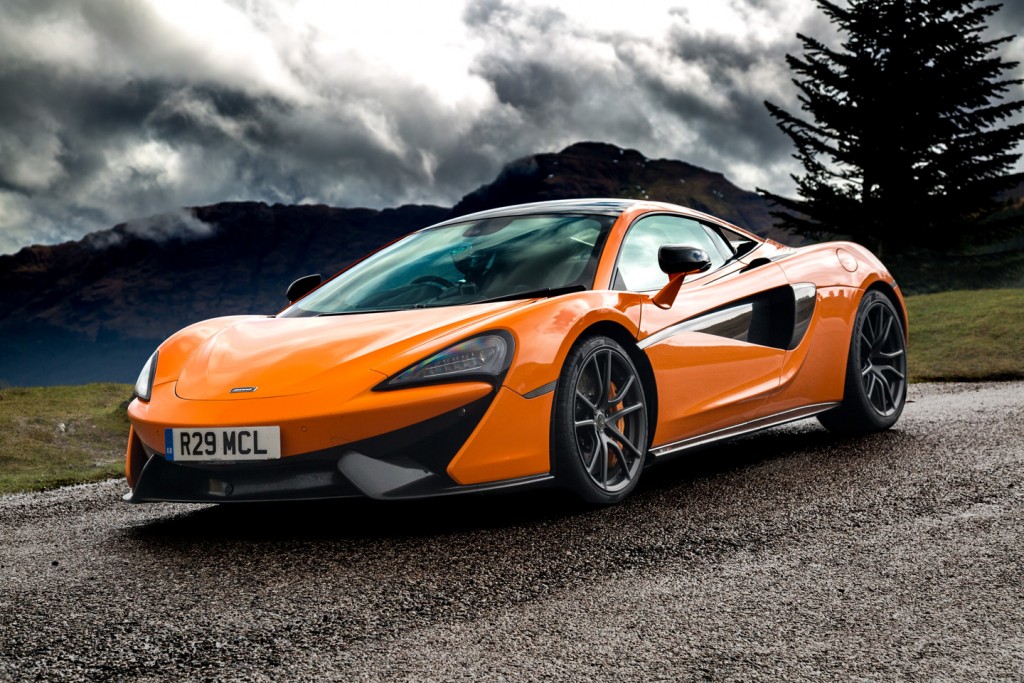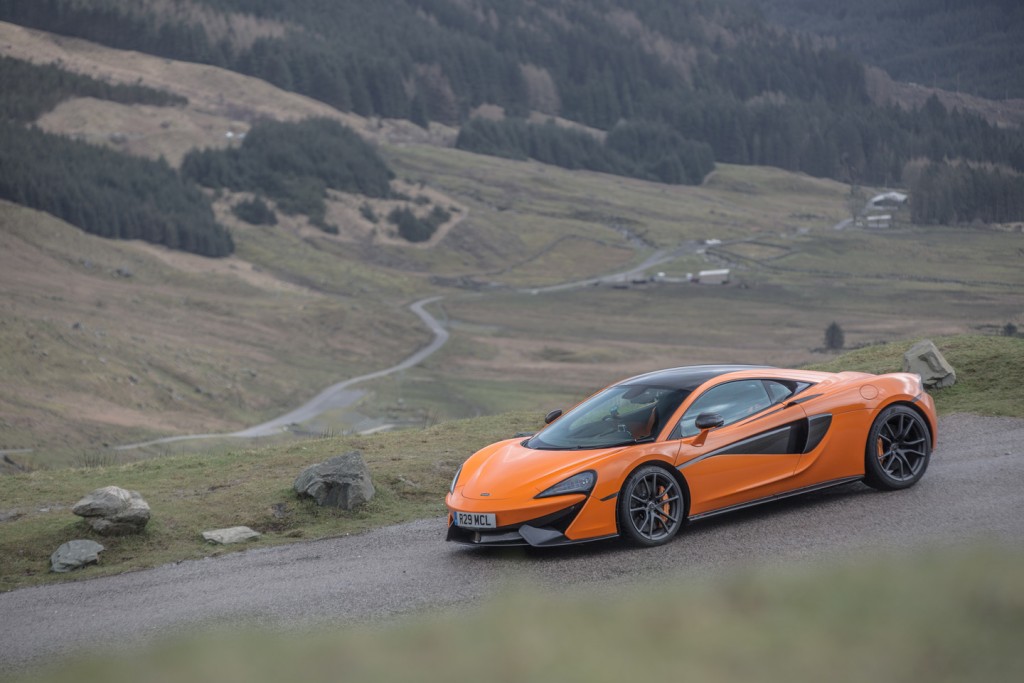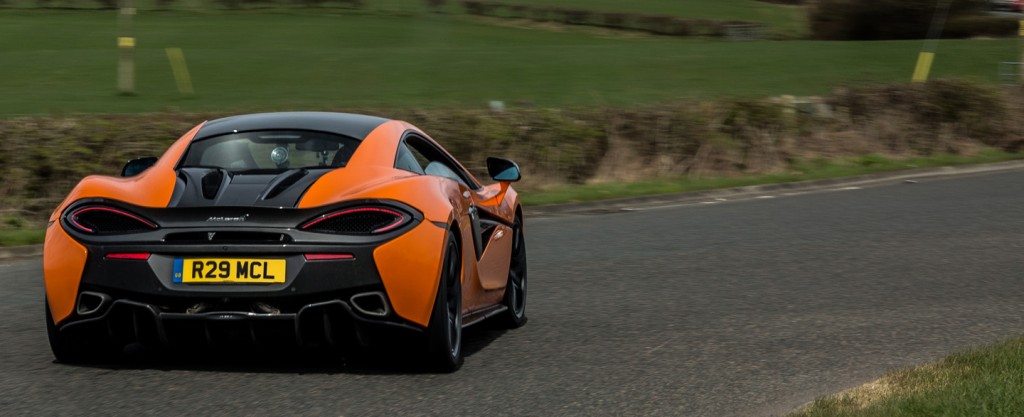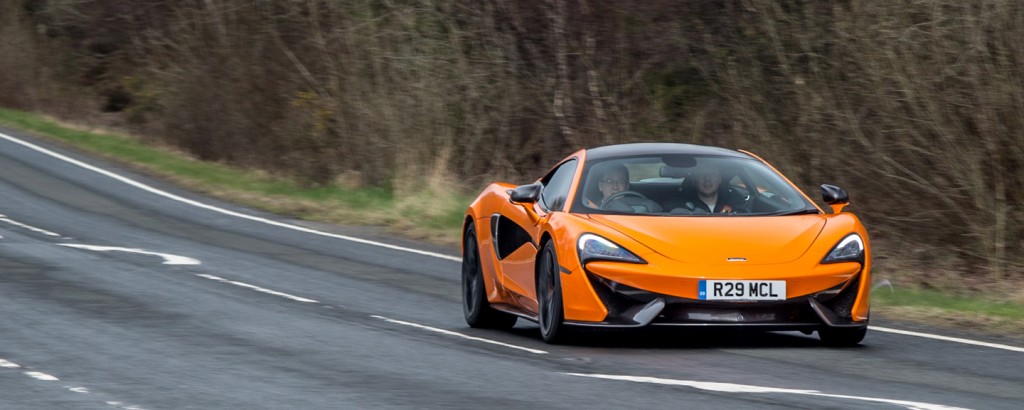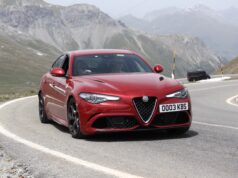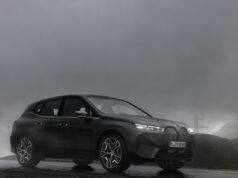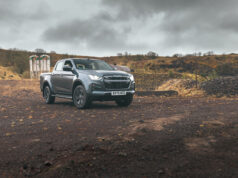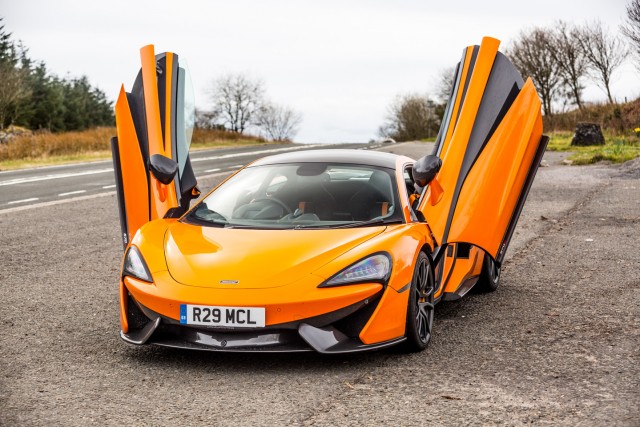
Sometimes it’s easy to forget that McLaren is a relative newcomer to the supercar market. With the the exception of the superlative F1 from the 90’s, they only began manufacturing road cars back in 2011. Since then, they have been developing and launching models apace. The 12C morphed into the 650S, the P1 shook up the hypercar world, 675LT was an instant hit, and most recently the 570S has been released to rave reviews. Not a bad résumé for the new kid on the block.
The 570S is the first car in what McLaren calls their Sports Series, differentiating it from the 650S and 675T which are part of Super Series. It’s designed to be the more useable, more affordable (all relative!) model in the range and despite sharing a lot of the same DNA, it lacks the hydraulics suspension, active aero, and composite panels, fitted to the Super Series models. Even so, it comes to something when your 204 mph, 562 bhp, mid engine, carbon fibre tubbed car is not considered fully qualified to be deemed a ‘supercar’. I think most folk would disagree!
No doubt one of the reasons McLaren chose to base themselves in the luxury of Cameron House Hotel (not that an excuse is needed) for the week, is the selection of great roads and stunning scenery on the door step. Combined with weather about as good as you can reasonably expect for the west of Scotland in April, it was going to be a good day! After a quick briefing, we’re shown to ‘our’ 570S, which looks superb in Ventura Orange. Wider opening dihedral doors and lower sills than its siblings make entry/exit easier and once inside the driving position is spot on. The seat is nice and low, the steering wheel is refreshingly uncluttered, shunning the current trend of being laden with buttons and switches, and there’s loads of adjustment (even for 6’5″ me). All set. Time for the fun stuff…
As with the vast majority of high end sports/super cars these days, the 570S has a dual clutch gearbox and multiple driving ‘modes’ (Normal, Sport & Track). The Active Dynamics Panel allows you to change the cars handling and power-train settings independently of each other, which personally I prefer, as it means you can make the car a bit more ‘shouty’ without impacting on ride quality. Leave it all in normal and the gearbox in fully automatic, and it’s an easy car to drive right from the off. More than those used to old school supercars could imagine.
A quick familarisation out the way, Sport mode engaged, gearbox to manual, drop it down a couple of gears, and press the loud pedal… First off, regardless of the fact that McLaren might classify the 570 as a Sports car rather than a Super car – it’s supercar fast. No doubt. The way in which it gathers speed, is both very impressive and also pretty effortless. Possibly too effortless? Maybe. You certainly have to keep an eye on your rate of progress and this is the ‘entry-level’ McLaren. I can only imagine what a P1 must feel like!
The 3.8 litre, twin turbo V8 delivers huge performance. Yes, you can tell it’s turbo charged and the throttle response isn’t quite as scalpel sharp as something naturally aspirated like a Ferrari 458, but it loves to rev and is perfectly happy being taken up to it’s 8,500 rpm limit. Impressively high rpm for a forced induction engine. This is aided by that gearbox, which delivers instant, seamless shifts, whether up or down, and at whatever speed. I like a good manual gearbox as much as anyone, but it wouldn’t seem right having one in this car, seeming too old fashioned. Apart from lag/throttle response (selecting Sport mode improves this), the other contentious issue with turbo charging is noise, or lack of it. Here the 570S is a bit of a mixed bag. In isolation it sounds great (this example was fitted with the optional sports exhaust), subtly aggressive without being OTT. What it does lack though is the emotion you get from natural aspirated units such as a Ferrari V8, Lamborghini V10 or Porsche flat 6. Nor has it got the blood & guts bellow of an AMG GTS, which also happens to be turbo charged.
As mentioned earlier, the Sports Series use traditional anti-roll bars, rather than the trick hydraulic system fitted to the Super Series, but this doesn’t seem to have any significant negative impact. OK, admittedly we weren’t exactly reaching its limits (public road etc), but push on a bit and the car remains extremely composed, involving and not at all intimidating. It’s not the type of supercar that you need to worry about spitting you off the black stuff into a hedge. The ride quality is superb, it corners flat, soaks up the bumps and has an impressive level of refinement. It certainly wouldn’t be a chore doing the long motorway schlep down though Europe before hitting the alpine passes, and I suspect the car would excel at both duties. The steering is nicely weighted too. The front end bobs around a wee bit but it keeps you informed with whats going on, without being as darty as the current crop of Ferrari’s. The standard carbon ceramic brakes (optional on it’s soon be to launched baby brother, the 540C) lack a bit of initial feel and require a bit more of a shove than you’d expect, but when they bite, they don’t have any problem slowing the 570S down from seemingly any speed.
The 570S is designed to be a more ‘usable supercar’, a term which up until relatively recently would have been a bit of an oxymoron. Funds permitting, it would be totally feasible to use the 570S as a regular car, rather than a weekend toy. It really does seem to tick pretty much all the boxes, doing a superb job at being exciting and rewarding when you want it be, yet comfortably and easy to drive when you don’t. If this is the type of car McLaren can produce after just 5 years, I can’t wait to see what they’ll be producing in another 5.
Now where did I put my man maths calculator…
(Photos Colin Bashford)
McLaren 570S
PRICE: £143,250 (as tested £184,620)
ENGINE: 3799 cc Petrol, 8 cylinder, twin turbo, 7 speed SSG
POWER: 562 bhp @ 7,500 rpm
TORQUE: 443 lb.ft 5,000 – 6,500 rpm
PERFORMANCE: Top speed 204 mph, 0-62 mph 3.2 secs, 0-124 mph 9.5 secs
CONSUMPTION: 26.6 mpg (combined)
CO2: 249 g/km


